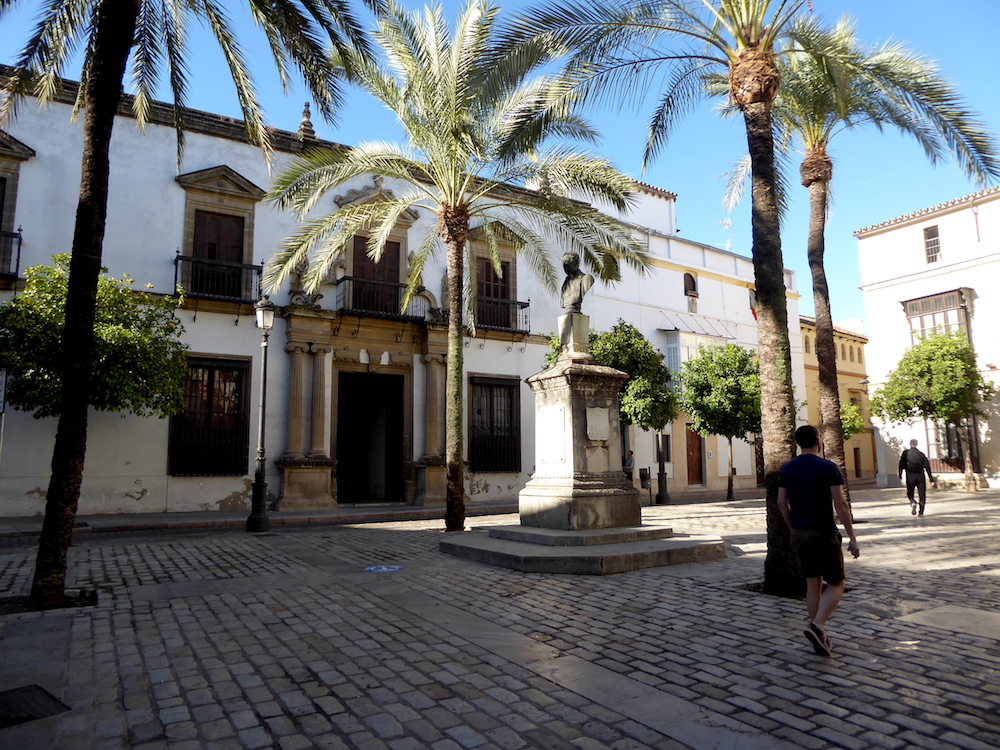Jerez and Seville are two of Andalucia’s great cities, and they have much in common.
Both were born out of civilisations that were at times pagan, Islamic and Christian. That history is written over the streets and the architecture, and reflected in the way locals live their lives. It’s a fascinating muddle.
Jerez in November was also as warm and sunny as Seville had been when we visited a few years ago. Not that the locals noticed. While we walked around in t-shirts and shorts, they were wrapped up in coats and scarves. To them, 20-something degrees must be the equivalent of an autumnal 5C in London.
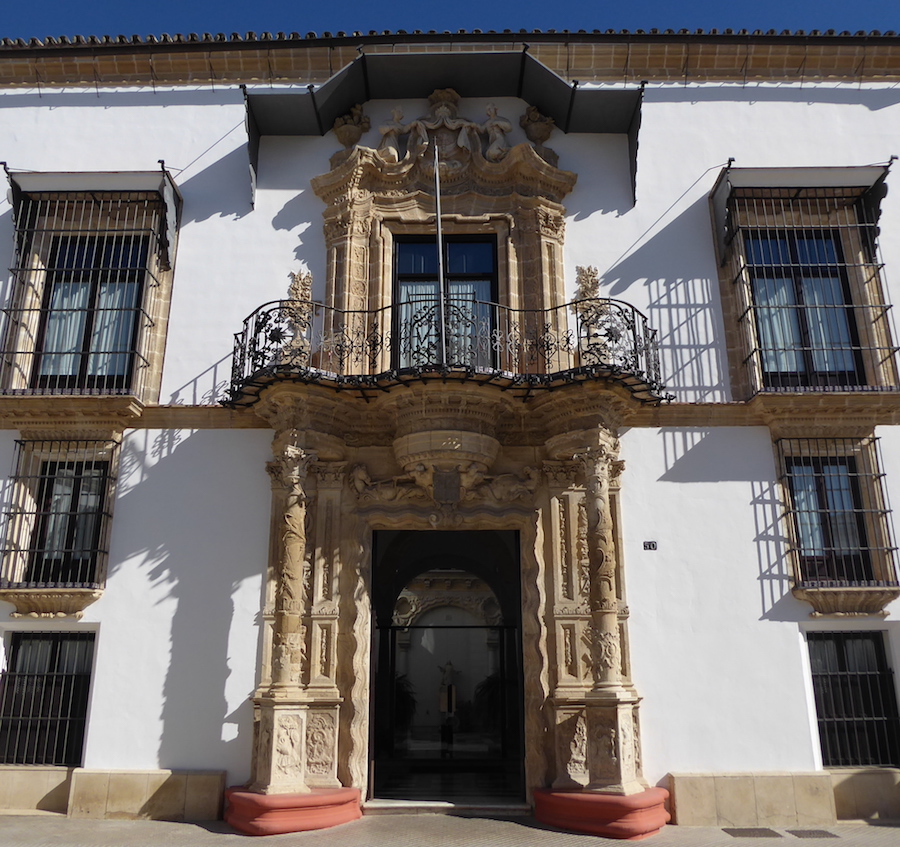
We’d flown into Seville on a BA A320 as the other option – Ryanair to Jerez from Stansted – was about as appealing as flying on a plane with outside loos. But we then spent an hour or so drinking beer in Seville’s Santa Justa train station waiting for a train that actually had free seats. It wasn’t the best way to spend a Friday evening and was in marked contrast to Britain, where we’d be jammed into carriages like cattle.
The journey to Jerez’s attractively tiled station took about an hour, the walk to our hotel an extra 20 minutes. The streets were deathly quiet but characterful and cobbled, and I was pleased to find a bit more life near our city-centre hotel, the Tryp. So we dumped our bags and wandered into the old town, stopping for a few more beers and tapas.

The next morning the sun shone gloriously and we walked back into the old town through what would’ve been the Seville Gate in the city walls. We sat outdoors in the chill morning air and grabbed breakfast, watching as a gaggle of well-dressed folk and military types walked to a wedding in a nearby church.
The 12th century Alcazar was our destination. At one time a Moorish palace and castle and subsequently a Christian fortress and palace, it has a fascinating collection of buildings and archaeology. Although there’s evidence of human settlement from around 1,000 years ago, the high ground on which the Alcazar sits could’ve been occupied in much earlier times.
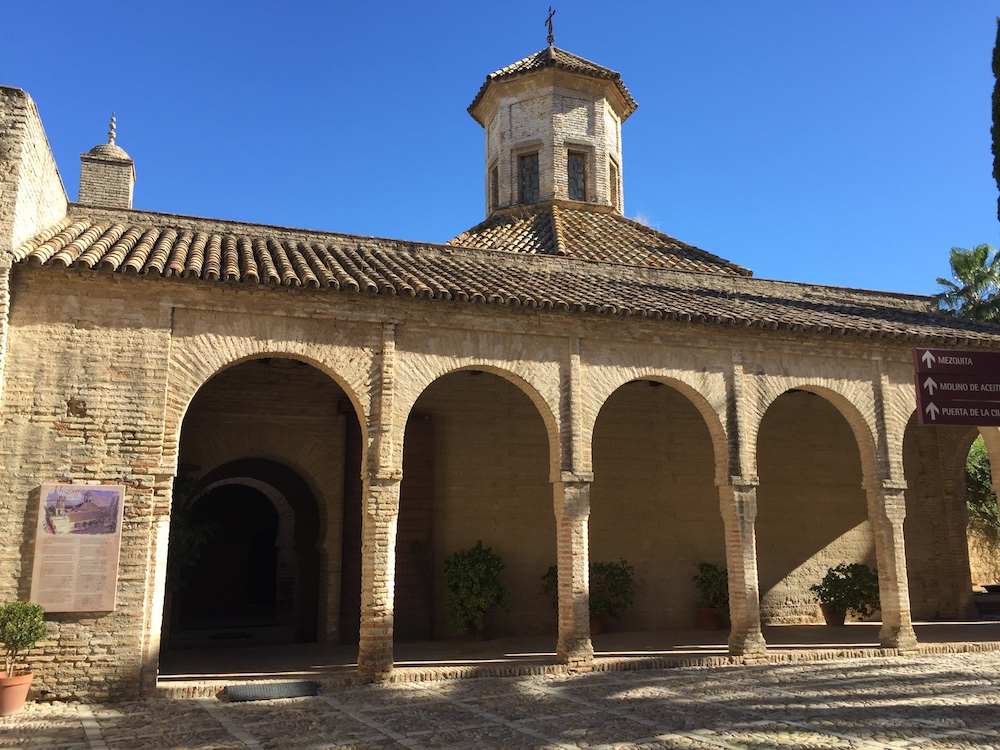
Nowadays it’s a peaceful haven away from the bustle of the city, with attractive grounds, swaying giant palms, ponds and fountains. The highlight is the mosque, the only one in town left from the Islamic period, with quiet courtyards, a minaret and a prayer room that’s lit subtly from above. The oddity is a Christian altar that was installed in the 13th century when the forces of King Alfonso X conquered the region and drove the muslims out.
Nearby is an oil mill with an absolutely enormous bit of engineering from the 18th century used to mill and press olives, which were a significant product for the local economy until the 19th century.
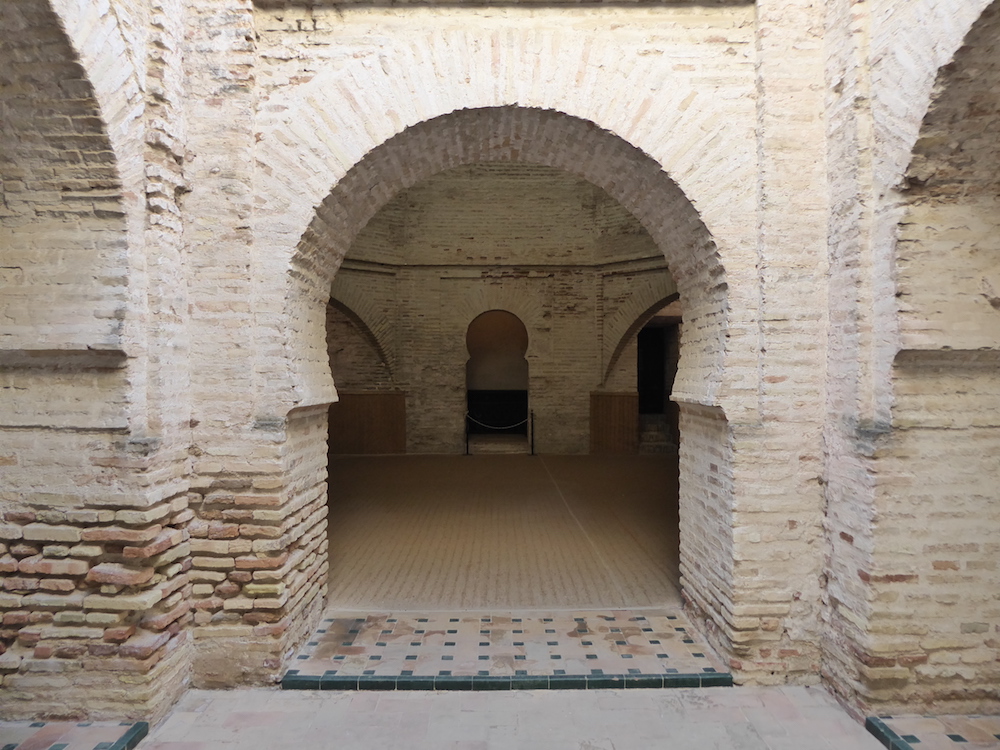
Another reminder of the Moorish period is the Arab baths, with a collection of cold, warm and hot rooms based on Roman principles. With light coming in through star-shaped piercings in the roof, they were reminiscent of the ancient baths we’d seen while on a tour of various desert castles in Jordan.
We wandered among the archaeological remains and tried to make sense of the jumble of rocks and stones with the help of some excellent information boards, and then climbed the walls and the Octagonal Tower to get some excellent views to the hills beyond and distant wind turbines turning in the breeze. An underground reservoir and the gardens were other highlights, but the one disappointment was the Villavicenzo Palace. Named after one of the families that lived in the Alcazar, it’s home to the old municipal pharmacy with its jars of chemicals, herbs and spices. Otherwise it’s closed off to the public.
How nice it was, though, to wander round a city’s big tourist attraction without being jostled by crowds and screaming children.
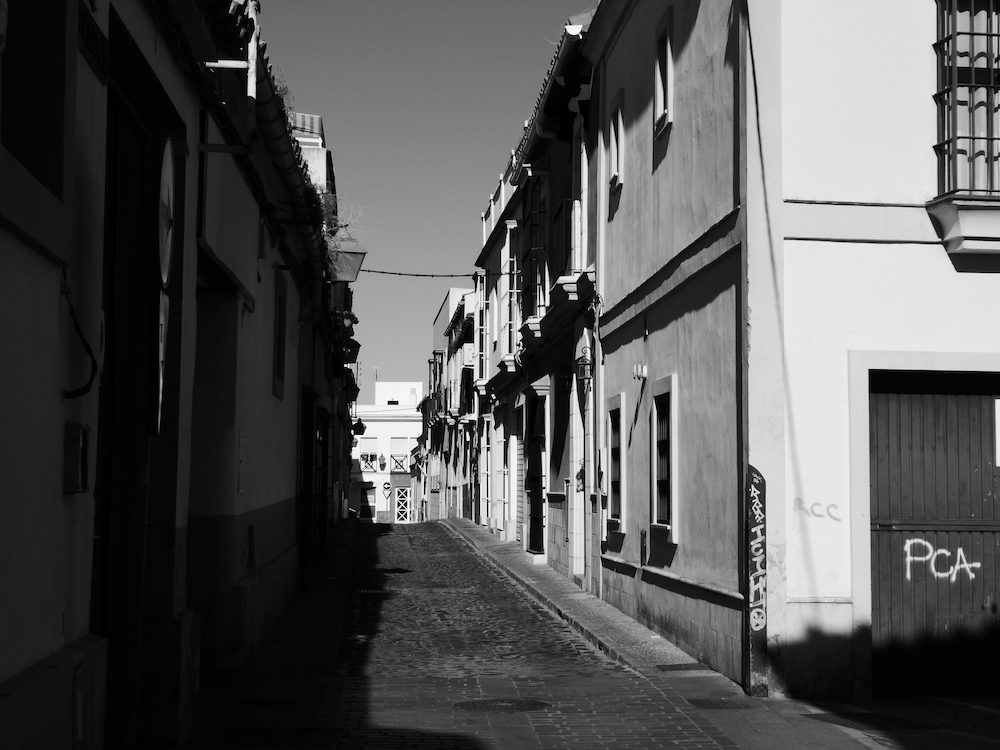
After a leisurely lunch, we took a walk around the back streets and discovered some of Jerez’s 50 million churches. We also found atmospheric alleys, the grand Plaza del Arenal in the heart of the city, the wonderful Mercado de Abastos food market, and historic palazzo built with riches made from agriculture and sherry, the yummy drink that we’d come to Jerez to discover.
But further east we found more modest properties, old warehouses that had seen better days, poorer districts and workers’ homes. While still full of character and history, these streets had seen less of the sherry riches over the years. Some areas reminded me of Valletta thanks to the number of balconies, many of which were draped with the Spanish flag in light of the political controversies over Calatonian independence. Dog shit peppered the streets, but that’s nothing unusual in Spain.
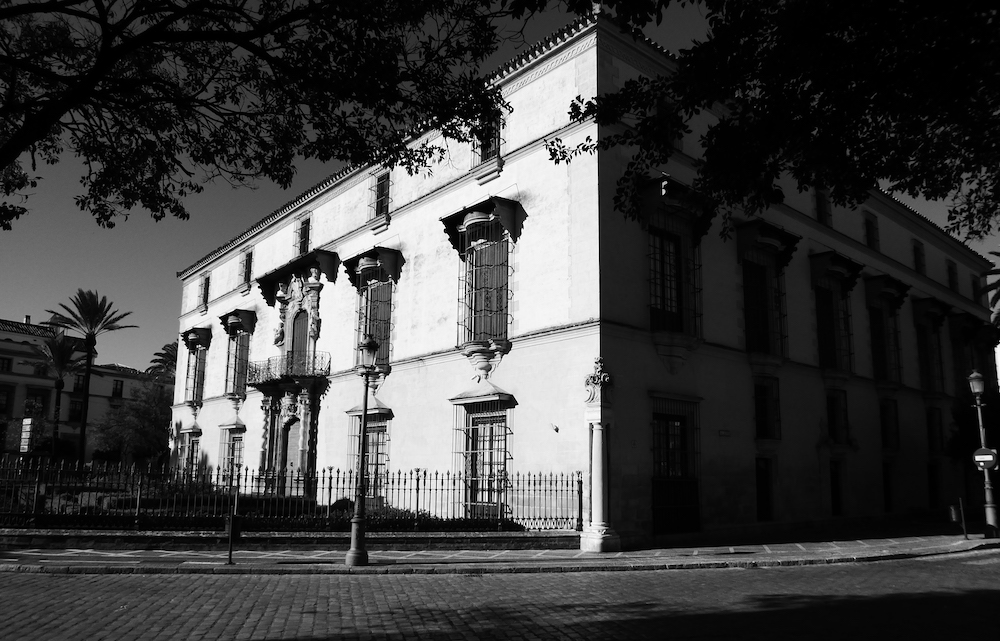
Evening found us sipping cream sherry at the oddly named Gorila Bar in busy Plaza Plateros and then eating at an excellent nearby restaurant, Cruz Blanca. We tucked into delicious smoked sardines, Graham had pork and I enjoyed a frito sea bass dish. Dessert was an extraordinary take on a cheesecake that featured a lookalike tomato stuffed with mascarpone.
Saturday night and the bars were buzzing. We parked ourselves outside in the cool evening air and drank wine surrounded by dozens of chirpy locals, many of them supping on sherry. What a perfect end to the day…

